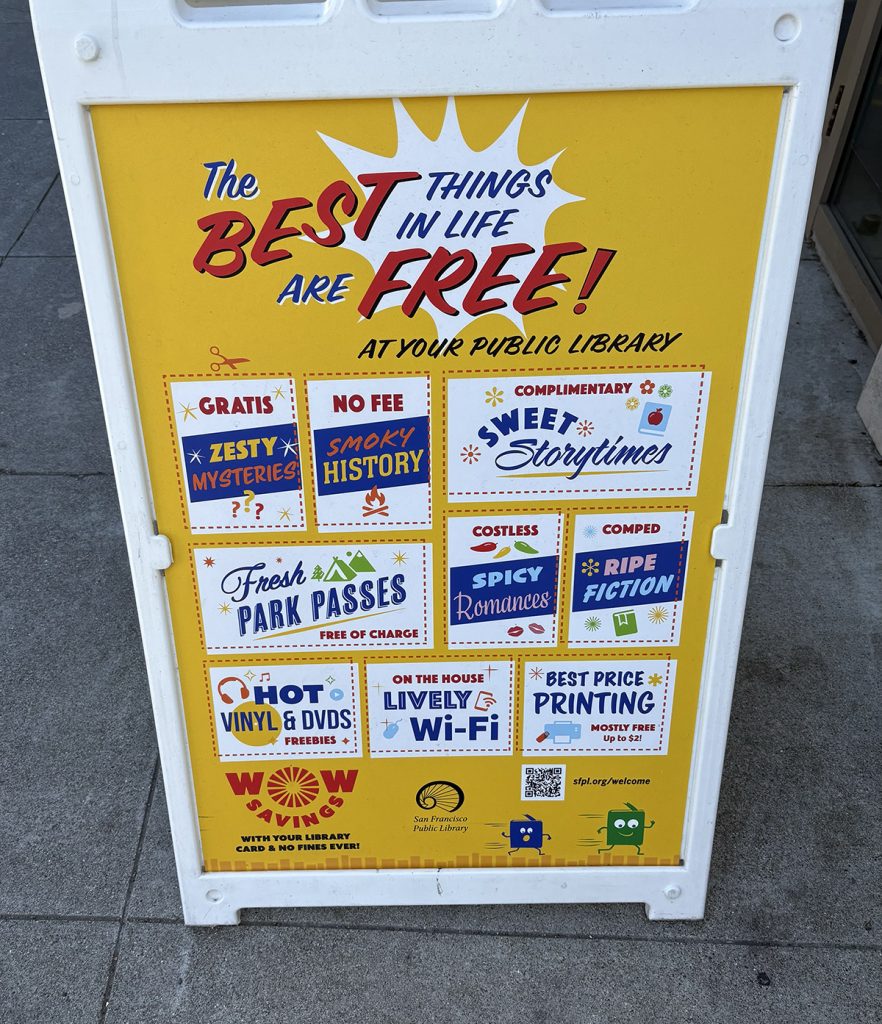
I found Brian Kenny’s article about “Where Reference Fits in the Modern Library” humorous and pertinent for these times. As a parent of a 5th grader and an 11th grader, I have witnessed the changing landscape of reference. While I discuss authoritative sources with my 5th grader, it can be challenging to champion curiosity in the search itself, the joy of discovering adjacent topics, or going down an entirely new path just because. For him, reference happens on a computer or a phone. Occasionally, I have him look up a word in the dictionary, mostly to practice finding it and then to see what other words are around it. He usually groans. The book is heavy, the font is small, and none of his friends are doing it.
In contrast, I recently found a paper I wrote in a college history class on America in the 1890s (scarily relevant to our current cultural moment) and the arguments for and against American expansion into the Philippines. I remember going to the Massachusetts Historical Society over spring break when I was home visiting my parents and looking up the papers of Edward Atkinson, an anti-expansionist with eugenicist leanings. The gathering of primary sources, the quiet, the green reading lamps, the dark wood. Will my kids ever know and love these environments?
“They want help doing things, rather than finding things,” (Kenny, 2015) writes Kenny about the modern-day library patron, and this is evidenced by my local library branch’s pithy sandwich board highlighting access to free books, events, and services. While books still comprise 4/9 categories on the sandwich board, events and services are in the majority. Perhaps this is the richest part of the great library rebrand…these things are FREE.
“Think beyond the library as ‘book warehouse’. Think instead about the engaged, evolving professionals and staff inside who are eager to help you find your voice, find your passion, and find your way” (Stephens, 2014). The Mix at SFPL is a great example of the concept of “library as classroom” as it functions as a sanctuary for young folx in the Main Library in the Civic Center/Tenderloin neighborhood of San Francisco. The Mix has sewing machines and 3D printers, hosts clothing swaps and clothing rebuilds, offers SAT prep and other tutoring services, video games, 3D printing, podcasting, and so much more.
The infrastructure of the past built libraries in many places and promoted access to branches, big and small. While reference needs have shifted, the fact that we have open-access public spaces that offer programming, literature, and services at the center of small towns and big cities alike inspires a little hope in me that we have been organizing the resistance all along.
References
- Kenney, B. (2015). Where Reference Fits in the Modern Library.
- Stephens, M. (2014). Making The Case for the Library as a Space for Infinite learning